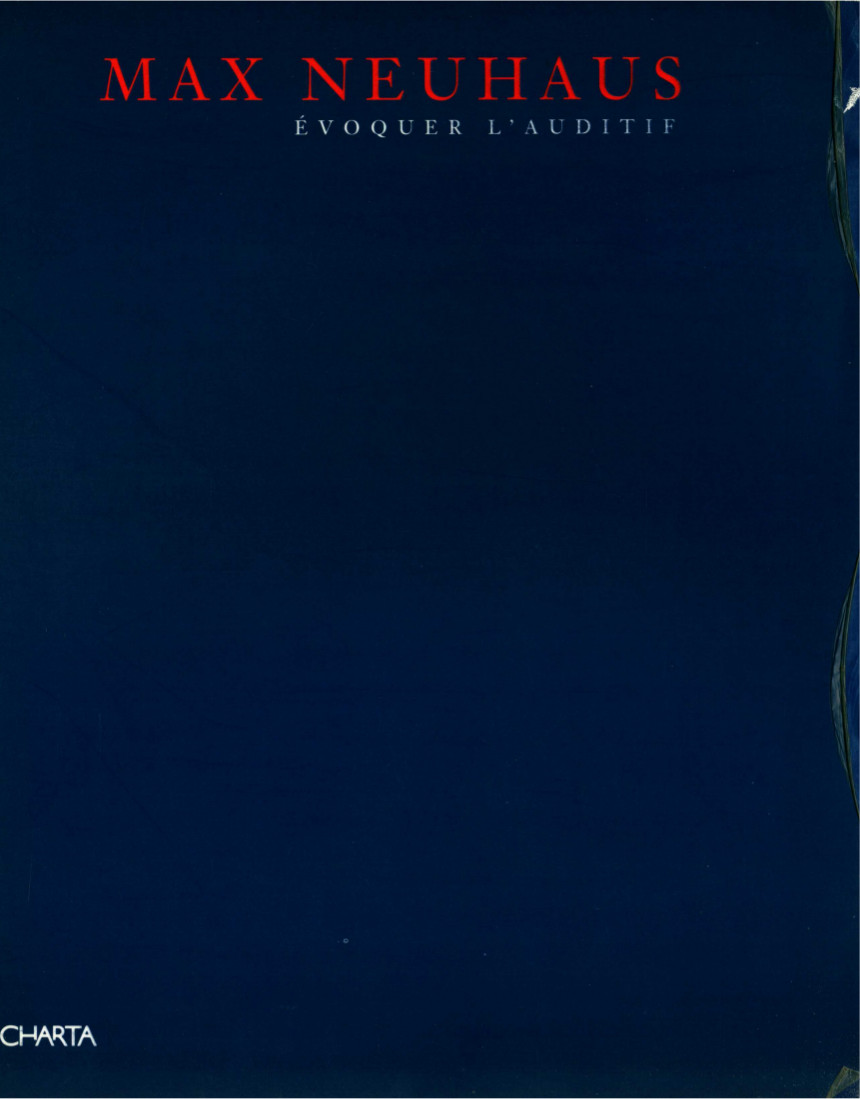Antiquity and Photography: Early Views of Ancient Mediterranean Sites (2005)
Filed under book, catalogue | Tags: · 1800s, antiquity, archaeology, architecture, history of photography, mediterranean, photography, sculpture

“The invention of the daguerreotype and calotype processes fundamentally changed scholarly and aesthetic approaches to the past. The accuracy and immediacy of photographs gave scientists a new means to document and study ancient architecture, artifacts, and language. At the same, the first photographers to visit ancient Mediterranean sites saw themselves as artists using the new medium to capture what had up to then been represented only by draftsmen or painters. The early photographs were rapidly disseminated among a wider audience eager to see, rather than merely imagine, the remnants of antiquity. Today these images are still prized, both for their vision and originality and for their inherent documentary value. The early photographs of the Roman Forum, the Acropolis in Athens, and the pyramids of Giza have made these sites a part of our shared cultural experience, fixing them in our minds as places of historic—and mythic—significance.
Antiquity and Photography explores the influence of photography on archaeology between 1840 and 1880. This was the period that saw the evolution of archaeology as a professional discipline as well as the rapid growth of the new photographic medium. With illustrations drawn from the collections of the Getty Museum and the Getty Research Institute, the essays in this book examine the growth of archaeology as a scientific discipline and its increasing reliance on photographic documentation, and they consider some of the conventions that came to govern the ostensibly objective photographs of antiquities and ancient sites. Biographical essays explore the careers of two major early photographers, Joseph-Philibert Girault de Prangey and William James Stillman. In addition, portfolios with works by Maxime Du Camp, John Beasley Greene, Francis Frith, Robert Macpherson, Adolphe Braun, and others testify to the strength and consistency of other early photographers who captured the antique worlds around the Mediterranean.”
By Claire L. Lyons, John K. Papadopoulos, Lindsey S. Stewart, and Andrew Szegedy-Maszak
Publisher Getty Publications, Los Angeles, 2005
Open Access
ISBN 0892368055, 9780892368051
226 pages
Reviews: Eisman (Bryn Mawr Classical Review, 2006), Rose (Archaeology, 2006), Damsker (PhotoCentral, n.d.).
PDF (32 MB, from the publisher)
Comment (1)Sophie Calle: Ma’s-tu vue / Did You See Me? (2003)
Filed under book, catalogue | Tags: · art, conceptual art, film, identity, photography, voyeurism

“The work of conceptual artist Sophie Calle embraces photography, storytelling, film, memoir as well as other media. Often controversial, Calle’s projects explore issues of voyeurism, intimacy, and identity as she secretly investigates, reconstructs and documents the lives of strangers–whether she’s inviting them to sleep in her bed, trailing them through a hotel, or following them through the city. Taking on multiple roles–detective, documentarian, behavioural scientist and diarist–Sophie Calle turns the interplay between life and art on its head.
The book presents Calle’s best-known works, including The Blind, No Sex Last Night, The Hotel, The Address Book and A Woman Vanishes, as well as lesser known and earlier projects that have largely escaped the public eye. This compendium of Calle’s photographs, diary excerpts and video stills also includes three critical essays and two interviews with the artist.”
First published in French by Centre Pompidou, Paris, 2003.
English edition
Publisher Prestel, 2003; Second edition, 2008
ISBN 3791330357, 9783791330358
443 pages
via Chloe
Review: Pescador (The Art Book Review, 2012).
Comment (0)Max Neuhaus: Evocare l’udibile / Évoquer l’auditif (1995) [IT/FR, EN]
Filed under catalogue | Tags: · art, drawing, sound, sound art, space

Catalogue for the exhibition held at Villa Arson, Nice (FR), and Castello di Rivoli, Turin (IT), in 1995. With texts by Stuart Morgan, Yehuda Safran, a.o.
“The Drawing After
After finishing a sound work, if time allows, I wait several months before listening to it again. This is the first time I can stand outside the work and see what it is that I have made. It is only at this point after experiencing the work with distance that I make its circumscription drawing.
This drawing, two panels, a visual image and a handwritten text, integrates two traditional forms of communication to circumscribe something both invisible and indescribable. The image is not the drawing nor is the text: the drawing is what they synthesize together. When read in parallel, they evoke a central idea of the sound work, a point of departure and a reference, for reflection.” (Max Neuhaus, source [includes also an English version of a text by Yehuda Safran included in the catalogue])
Publisher Charta, Milan, 1995
ISBN 8881580462, 9788881580460
129 pages
via Charles
PDF (41 MB)
Transcriptions of descriptions of the featured works (in English, TXT)
Web version of the exhibition (at Max-Neuhaus.info)
See also Max Neuhaus, Sound Works, 3 vols., 1994.
Comment (0)
